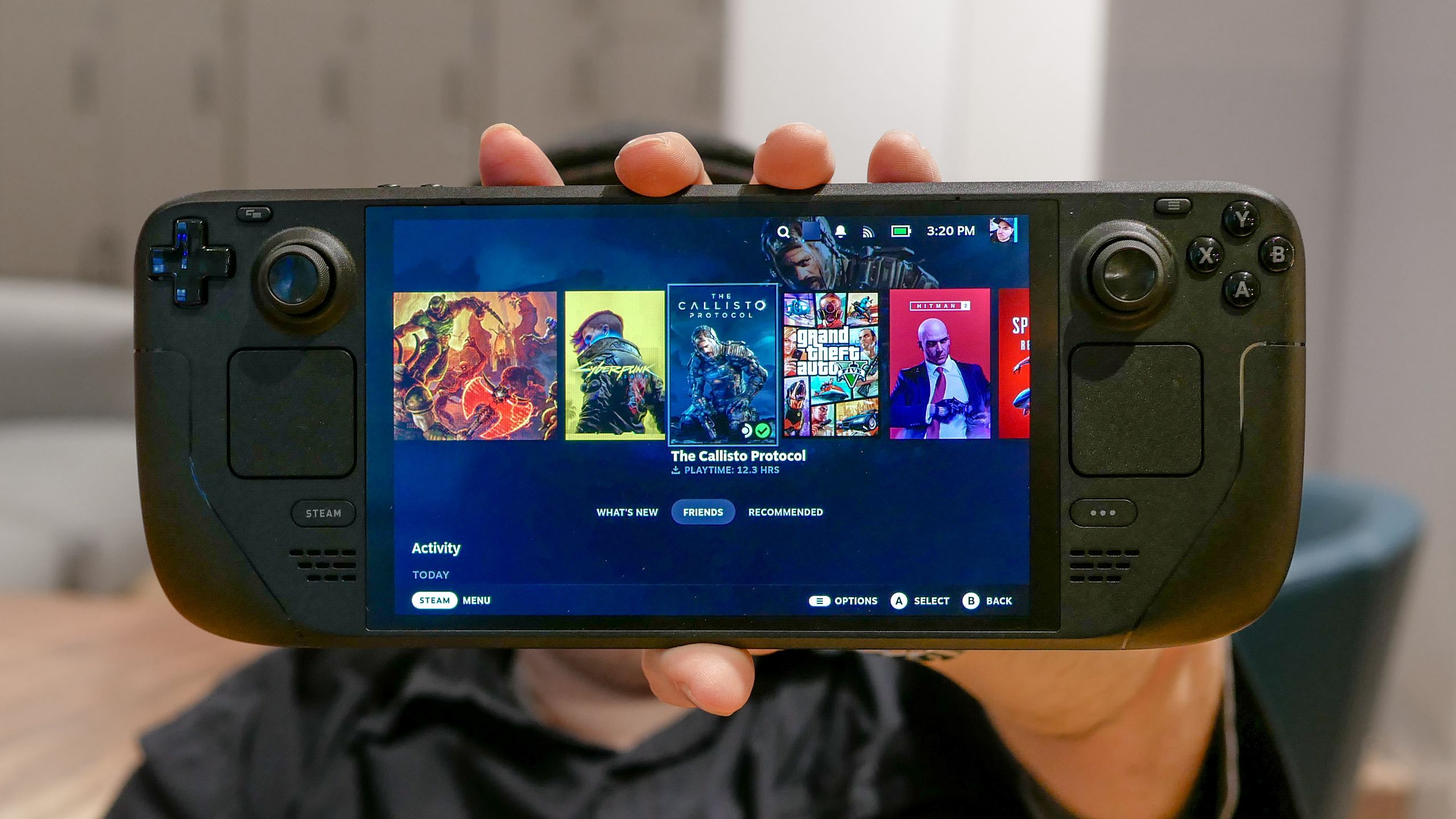Copyright Tom's Guide

PC gaming handhelds like the Steam Deck OLED and ROG Xbox Ally X and offer freedom to game anywhere in your home, but that promise falls apart when your Wi-Fi connection can't keep up. Slow download speeds, dead zones in certain rooms and unreliable connections during peak usage hours all point to the same culprit: your router. Most Wi-Fi problems with gaming handhelds aren't caused by the device itself. An outdated or under-equipped router struggles to provide the coverage, bandwidth and interference management that modern wireless gaming requires. Upgrading your network setup solves these issues more effectively than any device-side troubleshooting. Here's how you can improve your Wi-Fi performance on your gaming handheld. 1. Poor Wi-Fi signal in multiple rooms Gaming handhelds are designed for mobility, but dead zones limit where you can actually use them. If your Wi-Fi signal weakens significantly in certain rooms, you're forced to stay near your router instead of gaming from your couch or bed. A mesh router system extends coverage throughout your entire home by using multiple units instead of a single router. These nodes work together to create one seamless network, eliminating dead zones that traditional routers can't reach. The ZenWiFi BT6, for example, provides up to 5,800 square feet of coverage with a two-pack setup and supports Wi-Fi 7 with access to the 6GHz band. This future-proofs your network while solving current coverage problems through strategic node placement. You can build a mesh network with existing ASUS routers using AiMesh technology. If you already own a compatible ASUS extendable router, pairing it with another compatible model creates a mesh system without replacing all your hardware. 2. Too much interference from nearby networks Densely populated areas create Wi-Fi congestion when multiple networks compete for the same channels. Apartments, dorms, condos, and townhouses often have dozens of nearby networks all broadcasting on the crowded 2.4GHz and 5GHz bands. The 6GHz band solves interference problems by providing uncrowded spectrum. Wi-Fi 6E introduced access to this band, and it functions like an express lane when the legacy bands are congested. Far fewer devices use 6GHz, so you avoid competing with neighbors' networks. ROG Ally devices support Wi-Fi 6E and can take advantage of the 6GHz band as soon as your router supports it. Options like the ZenWiFi XT9 or ROG Rapture GT-AXE11000 provide affordable Wi-Fi 6E access, while the TUF Gaming BE9400 offers Wi-Fi 7's improved 6GHz performance. 3. Too many devices on your home network Older routers weren't designed to handle the number of connected devices in modern homes. Laptops, smartphones, tablets, smart home devices, TVs, and your gaming handheld can overwhelm a Wi-Fi 5 router even if it technically has enough bandwidth. Your gaming performance degrades when other household members start streaming, downloading, or video conferencing because outdated routers struggle to manage simultaneous traffic efficiently. The router has bandwidth but lacks the technology to distribute it effectively. Gaming ports on high-end routers automatically prioritize wired devices, but the ROG Exclusive Gaming Network extends this concept to wireless gaming handhelds. After quick setup through the ASUS Router app, any device on this network gets accelerated gaming traffic. The built-in gaming dashboard provides one-click network prioritization for mobile, console, or PC gaming. Additional features like Automated Frequency Coordination boost 6GHz band power for even better performance. Follow Tom's Guide on Google News and add us as a preferred source to get our up-to-date news, analysis, and reviews in your feeds. Make sure to click the Follow button! More from Tom's Guide



